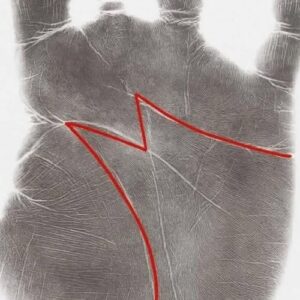Opening a car door feels like one of the most routine actions in daily life. We do it countless times, often without any thought or attention. Yet a surprising number of serious accidents occur not while driving but when someone steps out of a vehicle. In fact, transportation safety studies show that “dooring” incidents—when a car door opens directly into the path of a passing cyclist or another vehicle—cause thousands of injuries every year. Many of these accidents could be avoided with a small, mindful adjustment known as the far-hand reach.
The concept is simple but highly effective. When you prepare to exit the car, use the hand farthest from the door to open it. For drivers in the United States, this means using your right hand to open the left-side door. Passengers on the right side should use their left hand. The motion might feel slightly awkward at first, but its impact on safety is significant.
Here’s why it works. When you reach across your body, your shoulders and torso naturally turn. This movement prompts you to glance at your side mirror and over your shoulder, giving you a quick but crucial view of approaching cyclists, pedestrians, or oncoming traffic. That single second of awareness can prevent a devastating accident.
The far-hand reach was first popularized in the Netherlands, where cycling is deeply woven into everyday life. Dutch drivers and passengers are taught the technique from their first driving lessons, which is why it’s often called the “Dutch Reach.” The method has been credited with dramatically reducing cyclist injuries in cities where car and bicycle lanes often run side by side. In recent years, safety organizations such as the National Safety Council and the League of American Bicyclists have begun promoting the practice in the United States as well.
The beauty of this technique lies in its simplicity. It doesn’t require any new equipment, technology, or cost. Instead, it’s a matter of mindfulness and habit-building. By training yourself to pause, look, and act deliberately before opening your door, you create a moment of awareness that benefits both you and others on the road. It turns an automatic gesture into a conscious act of safety and courtesy.
This small motion is especially important in urban areas with heavy bicycle traffic or narrow parking lanes. Even in suburban settings, where pedestrians or joggers might pass close to parked cars, the far-hand reach helps avoid unnecessary harm. The technique is also helpful in parking lots, where cars and people often move unpredictably.
Experts emphasize that once practiced a few times, the movement becomes second nature. Turning your body as you exit also makes you more visible to others around you, adding another subtle layer of safety. Parents can teach this habit to young drivers and passengers, helping them internalize it early as part of their normal driving behavior.
In essence, the far-hand reach is a reminder that safety begins with awareness. It asks you to slow down for just a moment—to think, look, and act mindfully. That simple pause can mean the difference between an uneventful exit and a life-changing accident.
So next time you open your car door, take a second to use your far hand, glance back, and open slowly. It’s a small, thoughtful act that protects you, respects others, and transforms an everyday routine into a life-saving habit.





